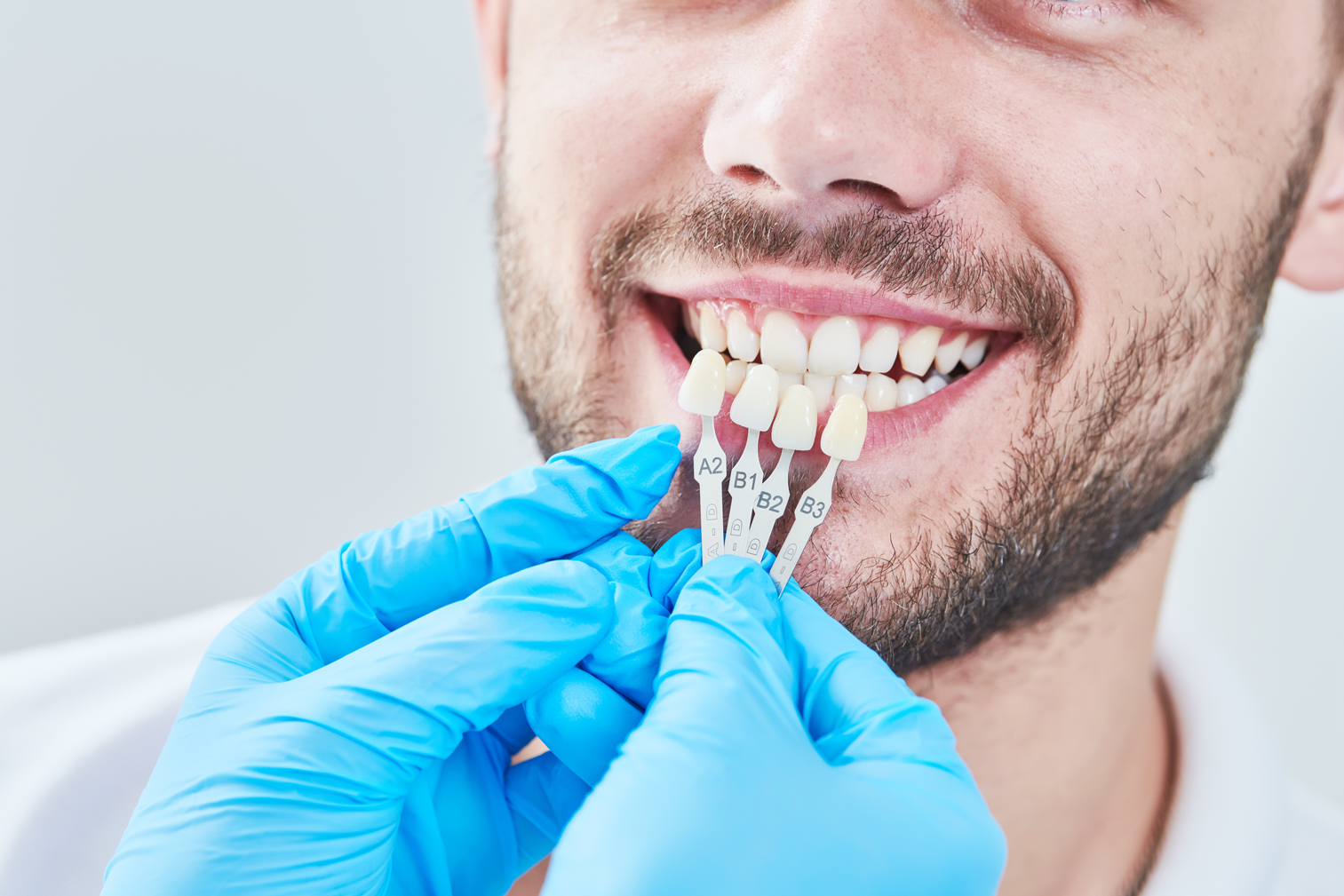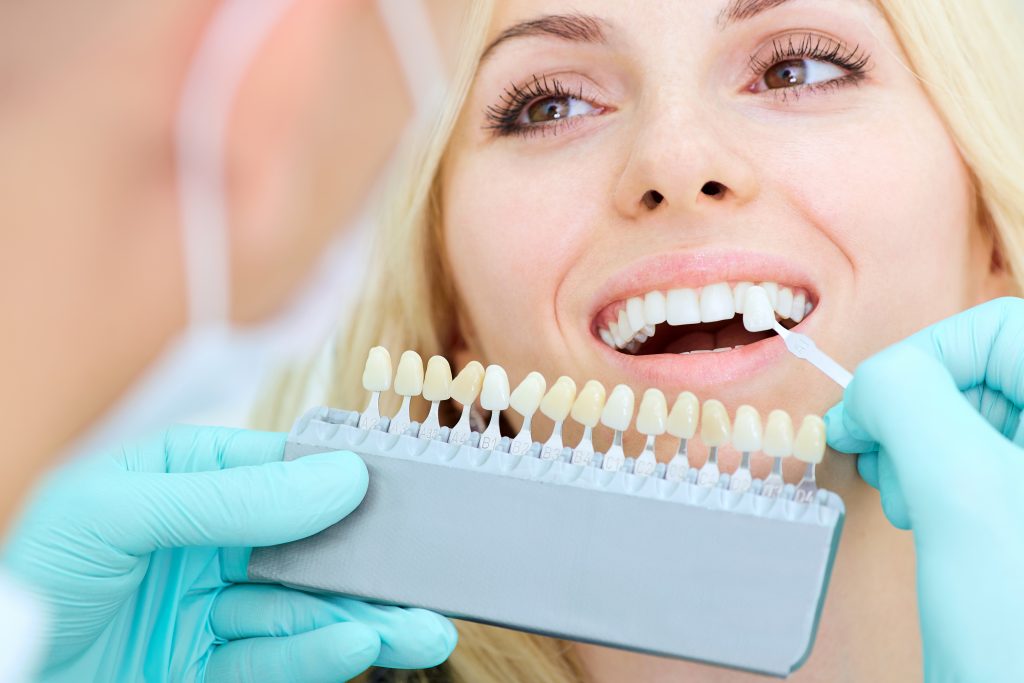Attention all royal enthusiasts! Have you ever wondered how the elaborate and intricate crowns worn by monarchs are created? From the initial design to the finished product, there is a fascinating process that goes into crafting these timeless symbols of power and prestige. In this blog post, we will take a deep dive into the crown creation process from start to finish. So sit back, grab your favorite cup of tea or coffee, and let’s delve into the world of regal headwear!
Table of Contents
Introduction to Crowns
Crowns are one of the most commonly used dental prosthetics, and are typically used to restore a tooth that has been damaged by decay, trauma, or wear and tear. Crowns can also be used for cosmetic purposes, to change the color or shape of a tooth.
The crown creation process begins with an impression of the teeth, which is then used to create a model of the mouth. The next step is to prepare the tooth for the crown, which involves removing any damaged tissue and shaping the tooth so that the crown will fit snugly over it.
Once the tooth is prepared, the crown is made from either porcelain or ceramic. The material is then shaped and polished to match the surrounding teeth. Finally, the crown is cemented into place and checked for fit and comfort.
If you’re considering getting a crown, it’s important to consult with a qualified dentist to discuss your options and ensure that you receive high-quality care.
What Materials are Used in the Making of a Crown?
There are a variety of materials that can be used in the making of a crown, depending on the type of crown and the preference of the dentist or patient. Porcelain is a popular choice for many because it offers a natural look and feel. Other materials that may be used in crown creation include ceramic, gold, silver, and even plastic.
How Is a Crown Created?
A dental crown is a tooth-shaped “cap” that is placed over a tooth to cover it and restore its shape and size. Crowns are also used to improve the appearance of teeth, or to protect weak or damaged teeth from further damage.
The crown creation process begins with an initial consultation with your dentist. During this consultation, your dentist will examine your teeth and gums, take X-rays, and discuss your treatment options with you. If you decide to proceed with crown treatment, your dentist will then prepare your tooth for the crown.
To prepare your tooth for a crown, your dentist will first remove any decay or damaged tissue. They will then shape the remaining tooth structure so that the crown can be securely fitted in place. Once your tooth is prepared, your dentist will take an impression of it which will be used to create your custom dental crown.
Your dental crown will be created by a skilled lab technician using high-quality materials that match the color of your natural teeth. Once your crown is ready, you will return to your dentist’s office for a second appointment where they will bond the crown in place. With proper care, your new dental crown can last for many years!
 Step-by-Step Guide to the Crown Creation Process
Step-by-Step Guide to the Crown Creation Process
Assuming you have already decided on the type of crown you would like to receive, the first step is to schedule an appointment with your dentist. At the appointment, your dentist will take X-rays and impressions of your teeth in order to obtain the necessary information to create your crown.
Next, your dentist will send the impressions off to a dental laboratory where they will be used to create a model of your mouth. Once the model is created, the technicians at the laboratory will use it to create your custom crown.
Once your crown is complete, you will return to your dentist’s office where they will check the fit and color of the crown before permanently attaching it to your tooth.
Advantages and Disadvantages of Different Types of Crowns
The type of crown you choose will have different advantages and disadvantages. Porcelain crowns are the most popular type of crown because they look natural and are durable. Metal crowns are also durable, but they can discolor your gums and teeth over time. Gold crowns are the most expensive option, but they last the longest.
Porcelain Crowns
Advantages:
-look natural
-durable
Disadvantages:
-can chip or break if you bite down too hard on something hard
-not as strong as metal crowns, so not ideal for molars
The Final Steps in Crafting a Perfectly Fitting Crown
After your last dental appointment, you’ll be given a temporary crown. This is to protect your tooth while the permanent crown is being made. It’s important to take care of this temporary crown because it can easily come off.
You should avoid eating hard or sticky foods, and brush and floss carefully around it. If the temporary crown does come off, you can try to put it back on with dental cement from the drugstore. If that doesn’t work, call your dentist right away.
Once your permanent crown is ready, you’ll go back to the dentist to have it fitted and cemented into place. The dentist will remove your old temporary crown first. Then they’ll check the fit of the new crown and make sure it looks good before permanently attaching it.
You might feel some pressure while the cement is setting, but that’s normal. Once it’s set, you can go back to eating and drinking as usual. Just take care of your teeth like you would normally do and brush twice a day!
Conclusion
From selecting the right materials to designing and constructing the perfect crown, creating a piece of jewelry is truly an art form. The crown creation process can be incredibly complex and time-consuming, but with patience and dedication, it can result in a beautiful masterpiece that will last for generations. With this article as your guide, you now have all the knowledge you need to create a stunning crown from start to finish.

You May Also Like:Understanding the Key Differences Between Composit Bonding and Dental Bridges

